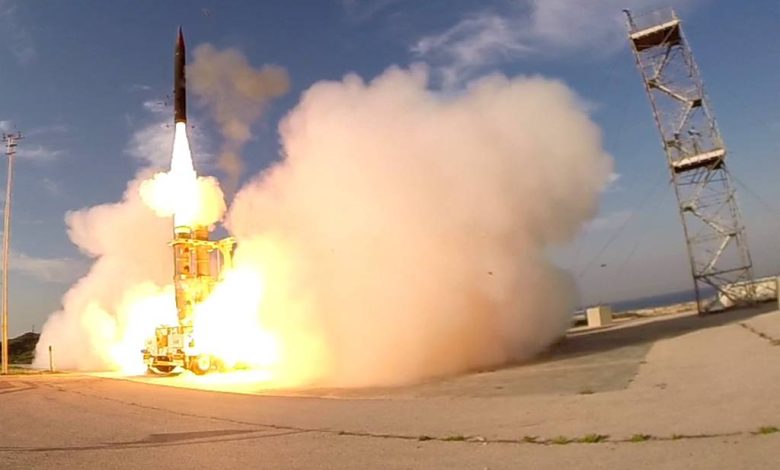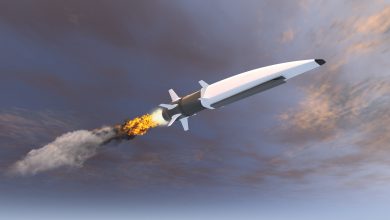Israel’s IAI plugging away at German Arrow-3 order amid Gaza war

LONDON — Israel Aerospace Industries, the maker of Germany’s future long-range antimissile system, has increased shifts and hired more workers to meet the deadline of setting up an installation in Germany sometime next year, a company executive said.
The extra effort follows the national logic of outfitting the Israel Defense Forces as the priority, while also keeping international orders on track, Shay Gal, vice president for external relations, told Defense News at the Farnborough Airshow outside of London.
“We can handle it, and also keep the other businesses running on time,” he said. “I think the last almost ten months have proven that we can do it.”
The Israel-Hamas war began on Oct. 7 when Hamas militants launched a surprise attack on southern Israel, killing more than 1,100 civilians and security forces while also taking hostages, including children.
In the wake of the attack, the government of Benjamin Netanyahu has faced growing international criticism for heavy-handed tactics, leading to significant Palestinian casualties and extensive destruction in the Gaza Strip.
The origins of the Arrow-3 deal for Germany precede the outbreak of the war. Lawmakers in Berlin approved the funding in June 2023, followed by a declaration between both countries’ defense ministries in September to use the missile-defense project as a springboard for deeper cooperation.
Germany will be the first country besides Israel to field the system. The deal, which comes with a price tag of roughly $4 billion, includes launchers, interceptors and the Green Pine radar, made by IAI subsidiary Elta Systems, said Gal. The German arm of MBDA is also involved, making some components in Germany, he added.
Israeli forces have successfully used the long-range system to intercept ballistic missiles fired by Houthi rebels in Yemen.
Berlin wants to use Arrow-3 to protect more than just German territory. Defense officials have pitched it as a major contribution to NATO missile defense by way of its European acquisition-focused element, the European Sky Shield Initiative.
The system has a range of 2,400 kilometers (nearly 1,500 miles), intercepting missiles outside the atmosphere at an altitude of up to 100 kilometers (about 62 miles), according to the German Ministry of Defense.
The first installation will be placed at Holzdorf Air Base in eastern Germany in 2025, the ministry said in a November 2023 statement. Two more will follow by 2030.
According to Gal, the German requirement of having Arrow-3 equipped with the NATO Link-16 technology, which provides protected data connectivity between military assets, is resolved. Ahead of the deal, the prospect of buying from a non-NATO supplier had led to compatibility questions among German defense experts and officials.
Israel’s missile defense doctrine prescribes that if the Arrow-3 misses its target outside the atmosphere, forces will fire Arrow-2 interceptors at the incoming threat to bring it down, Gal said.
Germany isn’t also buying the older Arrow-2 for that purpose, but the country has “other systems” for the job, he told Defense News.
Sebastian Sprenger is associate editor for Europe at Defense News, reporting on the state of the defense market in the region, and on U.S.-Europe cooperation and multi-national investments in defense and global security. Previously he served as managing editor for Defense News. He is based in Cologne, Germany.







